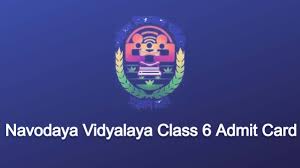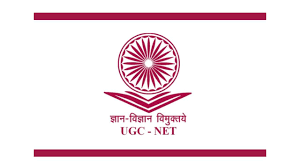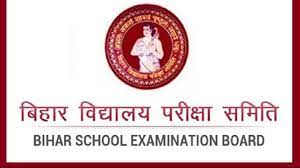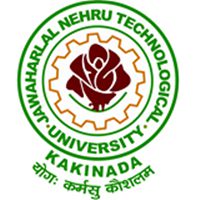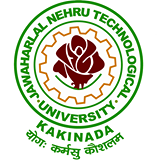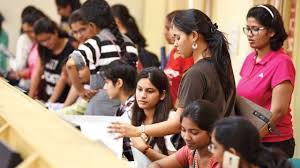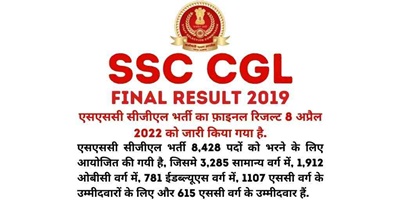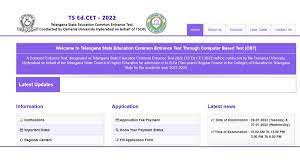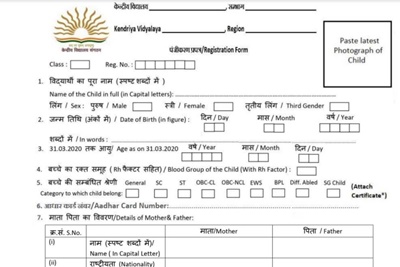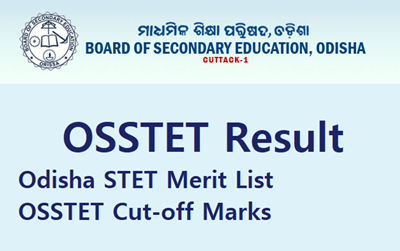Tripura Board of Secondary Education (TBSE) has released the exam date sheet for class 10th and class 12th board examinations. As per the TBSE timetable 2022 class 10th examinations will be starting from 18th April and class 12th examinations will be starting from 25th April. Students who are pursuing classes 10, 11, and 12 in TBSE schools and collages can download the Tripura board exam timetables from the official website, tbse.tripura.gov.in.
TBSE Tripura Board 10th & 12th Exam Date Sheets 2022 Released At tbse.tripura.gov.in
Tripura Board of Secondary Education (TBSE) is the state-level board that monitors the class 10 and class 12 [secondary and upper secondary] education in the state. The TBSE released the exam date sheets for classes 10th and 12th [for science and arts streams]. All the students who are gaining education from the TBSE board can check the exam timetables from the official website, tbse.tripura.gov.in.
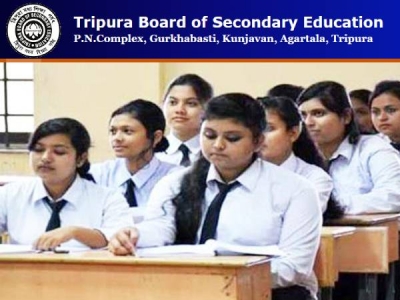
TBSE Class 10 and Class 12 Exam Date Sheet 2022
TBSE Term 1 examinations for class 10 and class 12 were conducted on December 15 and 16, 2021 respectively.
- TBSE Class 10 term II examination will be conducted from 18th April to 6th May 2022.
- Class 12 Term II examinations will be starting from 2nd May to 1st June 2022.
“Term II exam of Class 10 will be conducted from April 18 and will continue till May 6. The Term II of Class 12 will begin from May 2 till June 1,” the President said.
He further said, “The students who have appeared in the Term-I examinations for Class X and XII are expected to take the Term-II examinations as well.”
The TBSE announced that 28,000 students have registered for class 12 and 43,000 candidates were registered for class 10 examinations.
50 marks will be considered for term 1 examinations, 40 marks will be considered from term 2 examinations, and 10 marks from the internal assessment. 35 marks from Humanities and Science students the theory marks and 15 marks for practical examination will be considered. The term I and term II examination results will be jointly announced at a time.
TBSE Class 10 Time Table 2022 [Madhyamik Time Table]
Timings 12:00 pm to 03:15 PM
| Exam Dates | Subjects | Timing |
| April 18, 2022 | English | 12 Noon to 1.45 PM |
| April 20, 2022 | Language I – Bengali, Hindi, Kokborok, Mizo | 12 Noon to 1.45 PM |
| April 26, 2022 | Social Science | History & Political Science (12 Noon to 1 PM) |
| Geography & Economics (1 PM to 1.45 PM) | ||
| April 28, 2022 | Science | Biology (12 Noon to 12.45 PM) |
| Physics & Chemistry (12.45 to 1.45 PM) | ||
| May 4, 2022 | Mathematics | 12 Noon to 3.15 PM |
| May 6, 2022 | Optional 6th subject | 12 Noon to 12.45 PM |
TBSE 12th Term 2 Exams Date Sheet 2022
| Date of Exam | Subject |
| April 25, 2022 | English |
| April 29, 2022 | Bengali, Hindi, Kokborok, Mizo |
| May 2, 2022 | Chemistry, Political Science, Sociology |
| May 5, 2022 | Business Studies, Education, Physics |
| May 7, 2022 | Accountancy, Biology, History |
| May 10, 2022 | Mathematics, Philosophy |
| May 12, 2022 | Computer Science, Music |
| May 17, 2022 | Sanskrit, Statistics, Arabic |
| May 19, 2022 | Economics |
| May 21, 2022 | Psychology |
| May 23, 2022 | Geography |

320-x100(1).gif)

